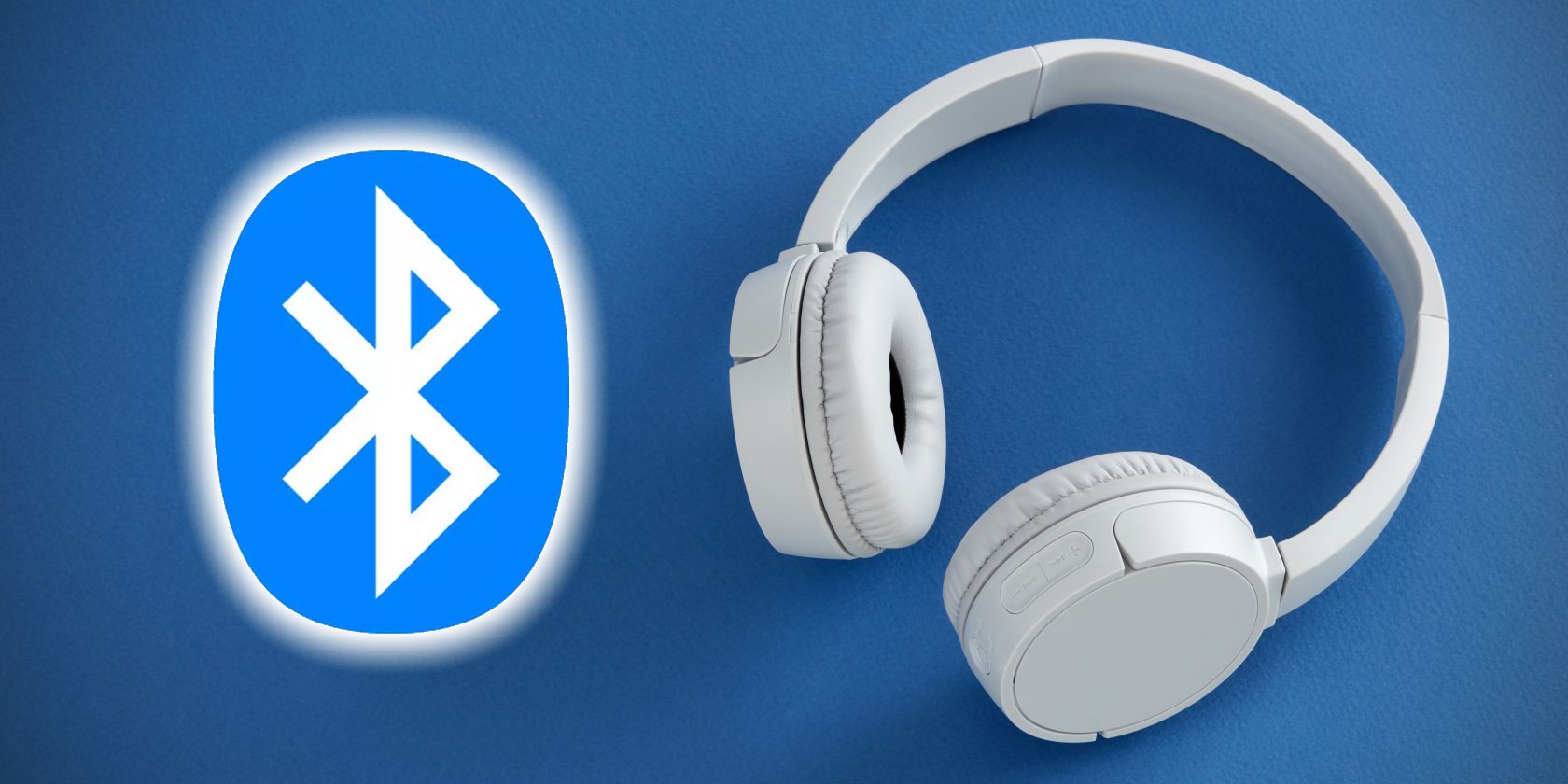Confused about the many Bluetooth codecs available today? Worry no more! Allow us to explain to you what today’s popular Bluetooth codecs are, how do they work, and which one is better than the other and why.
What Is LDAC?
Launched at CES 2015, LDAC is a codec designed by Sony that claims to deliver high-quality audio wirelessly. LDAC allows you to stream high-resolution audio of up to 32-bit/96kHz wirelessly over Bluetooth at up to 990kbps.
Sony says that LDAC, due to its efficient coding and “optimized packetization,” allows you to stream three times more data than existing audio codecs.
LDAC beats out the standard Bluetooth SBC codec, which only provides a maximum of 328kbps data rate, and Qualcomm’s aptX HD, which allows you to stream at 576kbps. Even Qualcomm’s flagship aptX Adaptive codec, which scales dynamically from 279kbps up to 860kbps, can’t compete with Sony’s LDAC.
Furthermore, In 2019, LDAC won a “High-Res Audio Wireless” certification from the Japan Audio Society (JAS). As for what LDAC stands for, Sony didn’t explain this, so we can’t say anything about what it means, either.
What Is aptX?
Launched in the 1980s, aptX is an audio-coding algorithm. Initially, it was popular with film studios and radio broadcasters, but later on, Steven Spielberg adopted aptX to record audio for 5.1 surround-sound digital playback for his films.
Nowadays, however, aptX is entirely synonymous with Bluetooth, found on plenty of computers, smartphones, and many other consumer electronics products.
Furthermore, aptX can transmit any audio at CD-like 16-bit/44.1kHz, and its data rate is 352kbps. Because aptX uses compression, which helps with minimizing latency issues, its “CD-like” isn’t necessarily “CD-quality.”
What Is LHDC?
LHDC (also known as HWA) is a low-latency high-definition audio codec that supports transfer speeds of up to 900kbps and a sample rate of up to 96kHz. Like LDAC, Japan Audio Society (JAS) also certified LHDC with their High-Res Audio Wireless certification. Currently, LHDC and LDAC are the only codecs with the Hi-Res Audio Wireless certification.
What Is LLAC?
Low-Latency Audio Codec (LLAC) is a high definition wireless audio technology based on LHDC, but designed for better low-latency performance, claiming end-to-end latency of around ~30ms. LLAC supports bitrates of 400-600kbit/s, bit-depth of up to 24 bit, and a sample rate of up to 48 kHz.
LLAC is more popular amongst gamers because of its low-latency audio transmission capabilities.
Is LDAC Better Than aptX?
In terms of specs alone, LDAC is definitely better than aptX. However, if we talk about the actual real-world experience of using both codecs, you may not notice any real differences there.
Is LHDC Better Than aptX?
LHDC is better than aptX if you’re looking for a low-latency performance Bluetooth codec. But, in terms of the actual sound quality, you may not notice much difference there.
Is LHDC Better Than LDAC?
Both LHDC and LDAC are very similar in their transfer speeds and sample rate. However, LHDC performs better in terms of low-latency audio and beats LDAC.
Is LLAC Better Than LHDC?
LLAC was designed for better low-latency performance, with claimed end-to-end latency of around ~30ms. Due to this, LLAC is better than LHDC for some specific use cases, such as professional gaming, where gamers like to listen to the sound effects of their gameplay with the lowest latency possible.
The Most Popular Bluetooth Codec: aptX
aptX is the most popular and widely used consumer Bluetooth codec today. On paper, you may think that it’s not an exceptional codec by any means, but when it comes to actual real-world use cases, most people don’t need a low-latency codec like LLAC.
Due to the benefits aptX offers, which is ‘lossy compressed’ format audio with really small file sizes, you can’t beat aptX.
About The Author

